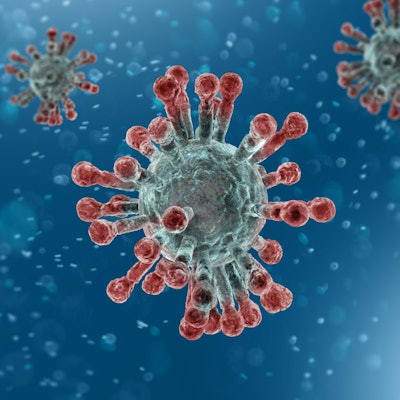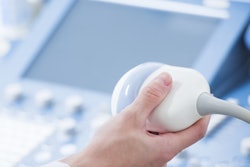
A panel of experts from six institutions has released a list of best practices for radiology preparedness during the coronavirus health crisis. It was published March 16 in the journal Radiology.
The article describes priorities for handling coronavirus cases and strategies radiology departments can put into place to contain the spread of the virus and protect hospital staff and patients. Weighing in are members of the journal's editorial board: Dr. Mahmud Mossa-Basha of the University of Washington in Seattle; Dr. Carolyn Meltzer of Emory School of Medicine in Atlanta; Dr. Danny Kim of NYU Langone Health in New York City; Dr. Michael Tuite of the University of Wisconsin in Madison; Dr. Kanti Pallav Kolli of the University of California, San Francisco; and Dr. Bien Soo Tan of Singapore General Hospital.
"Radiology preparedness during this outbreak requires radiology department policies and procedures designed to have enough capacity for continued operation during a healthcare emergency of unprecedented proportions and to support the care of patients with COVID-19," the team said in a statement released by the journal.
The group listed the following best practices:
Limit exposure to the virus.
- Use screeners at all hospital entrances, as well as the radiology reception desk, to check for symptoms that could be related to the coronavirus.
- Put protocols in place for patients with known or suspected coronavirus to direct them appropriately to virtual urgent care, the emergency department, or radiology.
Determine best use of imaging.
- Diagnostic laboratory tests have a sensitivity of 95% to 97%, with quick turnaround time, and should be used first.
- Reserve imaging for suspected coronavirus cases for which it will affect patient management or for which an alternative diagnosis must be ruled out.
Protect staff.
- Mask patients during imaging and procedures.
- Deep clean the scanner and room after imaging and allow for passive air exchange.
- Use appropriate precautions for patients who are undergoing aerosol-generating procedures.
- Establish drive-through testing sites.
- Issue a moratorium on travel for all employees for one month.
- Maintain supply of N-95 masks and other personal protective equipment.
- Provide infection control tutorials, especially to CT, ultrasound, and interventional technologists.
Maintain radiology department operations.
- Establish a coronavirus crisis management team that oversees the department's preparedness.
- Develop a plan for separate urgent care sites for treating coronavirus patients.
- Put social distancing measures into place: Allow staff to work from home, create isolated reading rooms onsite, and use video conferencing for meetings. Do not allow staff to rotate between facilities.
- Quarantine staff after travel to level 3 countries (those with widespread, ongoing transmission) or exposure to patients with suspected coronavirus.
- Create a plan to handle surge if the healthcare system is burdened by increased patient volume and imaging needs.
- Create a backup call schedule to cover for ill staff.
"The Editorial Board hopes that readers may find similarity of the highlighted healthcare systems to their own environment, providing impetus for action or confirmation of their current preparedness activities," concluded Radiology editor-in-chief Dr. David Bluemke.





















